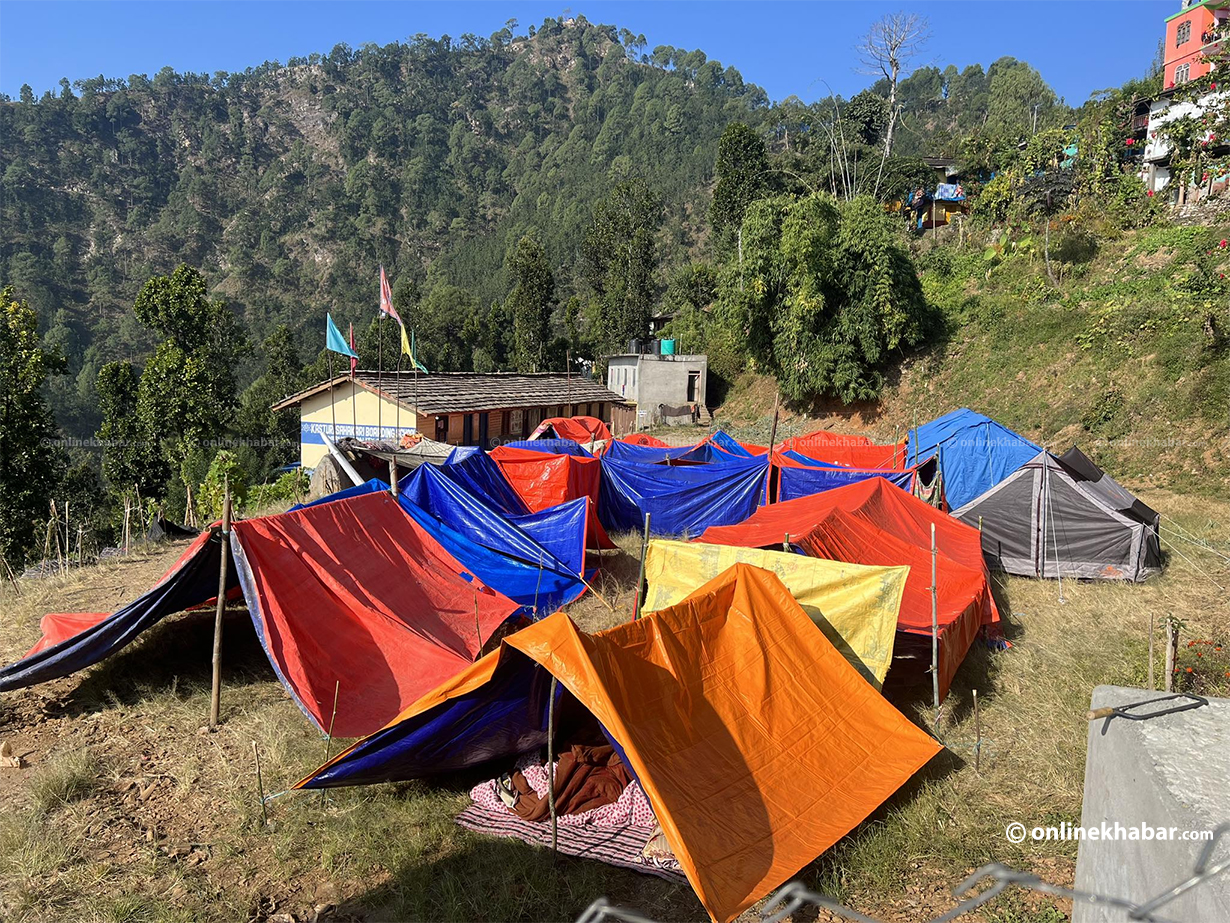
Eight years ago, when Sunita Shrestha got pregnant, she had to leave her job as she was denied maternity leave.
When she delivered her first child, all she wanted was to get the time off from her work to have time to rest and spend with her child. But Shrestha, a teacher at Loyola Higher Secondary School in Kathmandu then, did not get paid or even unpaid leave. Choosing her child over work, Shrestha had no option but to leave her job.
Six months ago, 35-year-old Shrestha delivered her second baby. This time, while working as a teacher at Prime Global School, she got two months of paid leave and was assured of another month of unpaid leave. However, she says, “Because there was no other teacher to handle my job, I had to cut short my leave and came back in the second week of my unpaid maternity leave.”
Shrestha is juggling her work and baby these days. Yet, the early stress has caused her body to feel more tired and the separation from her baby is also not that easy to deal with. “It is important for mothers to get at least three months of compulsory time off to spend with their baby. After that, it gets easier for new mothers to cope and focus on their work.”
Narayani Adhikari, a librarian at Prime College, also delivered her first baby over three months ago. She got two months of paid and one month of unpaid maternity leave from the office. Adhikari still finds it difficult to join work because she is always worried about the baby at home; she has to rush to work early in the morning and bottle her breast milk to feed the baby during the day.
Yet, stakeholders observe there has been a consistent irregularity in women getting maternity leave in Nepal although they are hopeful of change.
Underlying uncertainties
Chapter 9 of the Labour Act, 2017, has the provision of 14 weeks of maternity leave including 60 days of paid leave and the remaining period of unpaid leave (spanning across pre-natal and post-natal periods). But, whether women get maternity leave and if yes, how long depends on the employer, the company policy and the workplace environment.
The law also suggests that a pregnant woman shall compulsorily take leave at least two weeks before the expected date of delivery. But, Adhikari remembers she was in the office a day before her delivery too.
Like Shrestha, Pranjali Singh, a senior officer at Leapfrog Technology, also suffered during her pregnancy. “My previous job required me to travel; travelling before and after delivery became a big hassle for me to manage time and be able to take care of the kid. That time, six years ago, I got only one month of paid leave and two months of unpaid leave.”
But, Singh says her current employer is giving its female employees 90 days of paid maternity leave and additional 30 days of unpaid leave. The company also gives them 180 days (six months) of work-from-home (WFH) facilities before or after delivery.
The company also has the provision of 15 consecutive days of paid paternity leave for the new fathers with additional 30 days of the WFH facility, before or after the delivery.
Why the disparity?

Over these years, the age group of women getting pregnant has not changed. But, what seems to be key in workers getting a better facility in the workforce is the management or the head of the company and their sensitivity regarding the matter.
Singh’s plight during her pregnancy also played a role at Leapfrog changing the ways of the company. “When I joined the company some four years ago, I did not have the support to take care of the kid (who was two-and-a-half years old). So I had to either take leave and stay at home or bring him to the office.”
She continues, “Though I was reluctant, my seniors made it easy and comfortable for me to bring the child into the office and even facilitated me further to take care of the child. The experience encouraged me to start a discussion in the office that we need a policy for the new parents in the office.”
What Singh mentioned, the open discussion about maternity leave, however, seems absent at any other institutions, giving continuity to the disparity. “Before getting pregnant, you do not think about maternity leave, so it is easily ignored. And after getting pregnant, it might be too late to hold the discussion and get the necessary facility.”
“There is a guild or an office group called WoMen at Leapfrog. In 2019, we conducted an extensive survey of the workforce. I was the only mother at the time, but looking at the age group of the office workforce [i.e. 20-30], we felt the need for the initiative and open discussion now that they will start getting married or start their families.”
She adds, “By 2020, all the policies were identified and moved forward. We first included the government’s mandatory 60 days of maternity leave and added the WFH facility. And, in the recent revision, we extended the leave policy to 90 days of maternity leave with six months of WFH facility. New parents are enjoying their time with their family, without hampering the office work.”
Learning is possible

If it is possible for a company to discuss and extend its maternity leave policy, is it possible for others to replicate it as well with the open discussion? Shrestha and Adhikari say they are yet to enjoy that facility.
As someone who has worked at multiple offices, Singh also observes that holding the discussion might have been easy for her at the new office because of the young leadership and the lack of judgement that is usually expressed by the workers or supervisors/bosses.
Sabnam Budhhacharya, Leapfrong’s people management officer, says, “We have a majority of male workers, but we have never had the problem of them being biased or judgemental towards the female counterparts either for menstrual leave or maternity leave. The company has zero tolerance for physical and mental abuse and believes in a happy work environment. The employees are all oriented on their joining day and that might have helped us avoid the situation too.”
Budhhacharya adds that to date, seven mothers have used the facility and are having no problem adjusting to motherhood, without hampering their performance. “The company already has a system. Women have to inform the office during the first trimester of their pregnancy and their due date. Thus begins the process of grooming and handing over the projects and documentation to their substitutes. When they go on leave, the HR department tracks it.”
She adds, “During their maternity leave, they are kept in the loop regarding the projects they are working on so that transitioning to leave or back to their work is easy. Depending on the need, they also transfer to the new department so that their work or family is not hampered. Proper communication is the key to the process. It applies to both new mothers and fathers.”
Addressing one of the common concerns about the evaluation of their performance, Budhhacharya says that they have an evaluation every six months and are in close coordination with the project managers giving them the liberty to bounce back when needed.
Taking a step further, Leapfrog is also planning to open a nursery or daycare centre within the office or nearby to make the transition more smooth.
Not every office can afford this particular facility for their staff, the office realises. Yet, for the betterment of their staff and the intention of not hampering the work progress, the office manager can at least practise more sensitivity and proper communication channels with concrete policies on maternity leave in place, Buddhacharya advises.
























